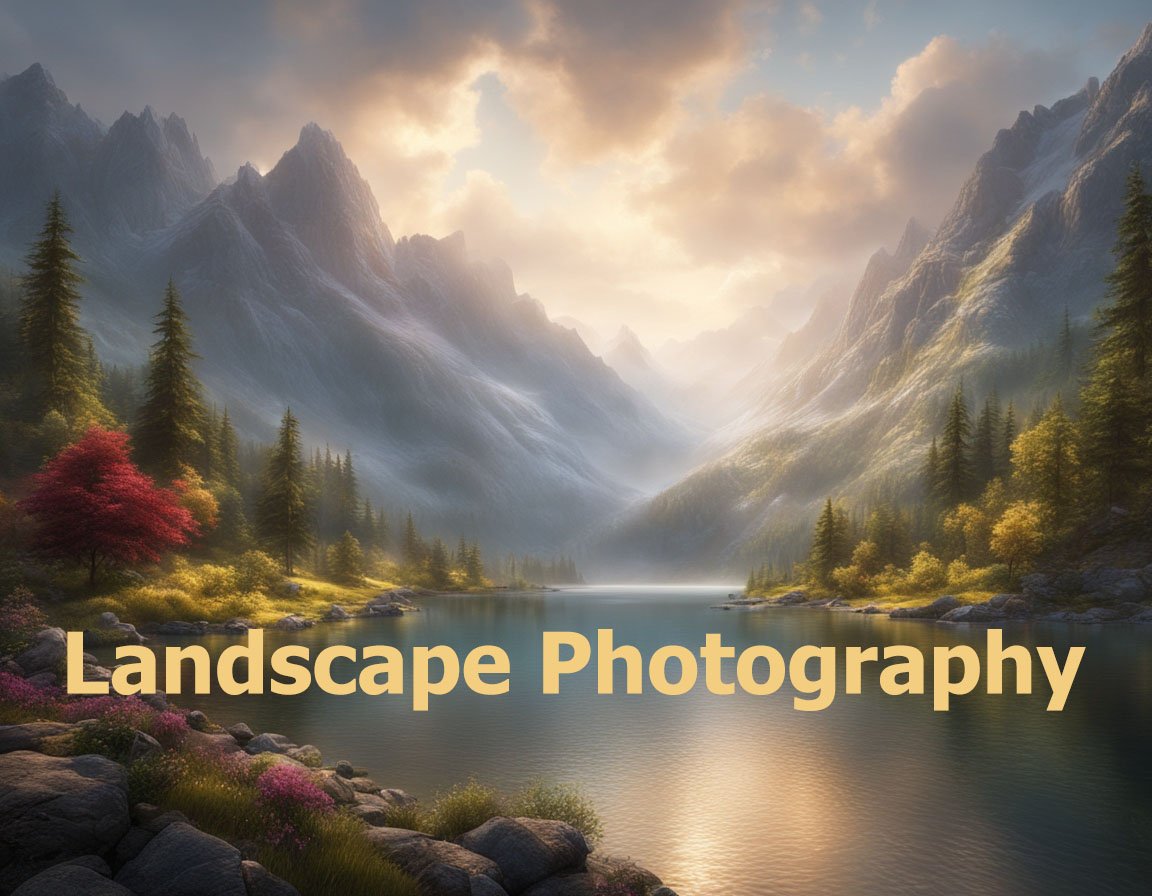Understanding Filters in Landscape Photography
Filters are an essential tool for landscape photographers, offering a way to manipulate light and enhance the overall composition of an image. By using filters, photographers can improve color saturation, reduce glare, and achieve a more balanced exposure. Understanding the various types of filters and their applications can significantly elevate the quality of landscape photography.
Types of Filters
There are several types of filters commonly used in landscape photography, each serving a unique purpose.
1. **Polarizing Filters**: These filters are designed to reduce reflections and glare from surfaces such as water and wet foliage. By rotating the polarizer, photographers can adjust the intensity of the effect, enhancing the color of the sky and making clouds pop. This filter is particularly useful in bright conditions, where it can help to deepen blue skies and saturate colors.
2. **Neutral Density Filters**: ND filters come in various strengths and are used to reduce the amount of light entering the lens without affecting color. This allows photographers to use wider apertures or slower shutter speeds, which is especially beneficial for capturing long exposure shots of waterfalls, rivers, or clouds. By blurring motion while maintaining detail in static elements, ND filters create a sense of movement and drama in landscape images.
3. **Graduated Neutral Density Filters**: GND filters are similar to ND filters but with a gradient that transitions from dark to clear. They are ideal for balancing exposure between a bright sky and a darker foreground. By placing the dark portion of the filter over the sky, photographers can prevent highlights from blowing out while retaining detail in the ground below.
4. **Color Filters**: While less commonly used today, color filters can add creative effects to landscape photography. These filters can enhance certain colors, deepen shades, or even alter the mood of an image. For instance, a warming filter can create a golden hour effect, making landscapes appear more inviting.
Choosing the Right Filter
Selecting the appropriate filter for a landscape scene requires consideration of various factors, including lighting conditions, the desired effect, and the subject matter. For example, in bright, sunny conditions, a polarizing filter may be essential to manage glare and enhance colors. Conversely, during the golden hour, a graduated ND filter could be more beneficial to preserve the vibrancy of the sunset while keeping the foreground well-exposed.
It’s also important to consider the equipment being used. Filters come in different sizes and types, including screw-on filters and square filter systems. Knowing the specifications of your lens will help ensure compatibility and effectiveness.
Techniques for Using Filters
To maximize the benefits of filters in landscape photography, photographers should experiment with various techniques. When using a polarizing filter, for instance, it’s crucial to rotate the filter while looking through the viewfinder to see the changes in color saturation and glare reduction.
For ND filters, it’s advisable to practice long exposure photography to achieve the desired effect. Using a tripod is essential for stability during longer shutter speeds. Additionally, photographers should be mindful of the composition, as the use of filters can sometimes alter the perceived balance of an image.
When employing graduated ND filters, it’s important to align the transition line with the horizon or other elements in the scene. Careful positioning can help avoid unnatural lines in the image, creating a more seamless blend between the sky and foreground.
Post-Processing Considerations
While filters can significantly enhance images in-camera, post-processing can further refine the results. Adjusting levels, contrast, and color balance digitally can help achieve a polished look. However, it’s best to aim for a natural appearance that complements the original scene captured with the filters.
In some cases, it may be beneficial to combine filter effects in post-processing, particularly with graduated ND filters. By using software to selectively adjust exposure in certain areas, photographers can replicate the benefits of physical filters without the limitations of on-location shooting.
Conclusion
Using filters in landscape photography is a powerful technique that can dramatically enhance the quality of images. By understanding the different types of filters, choosing the right one for the scene, and employing effective techniques, photographers can capture stunning landscapes that resonate with viewers. Mastering filters not only improves the technical aspects of photography but also opens up a world of creative possibilities, allowing photographers to convey their unique vision of the natural world.


